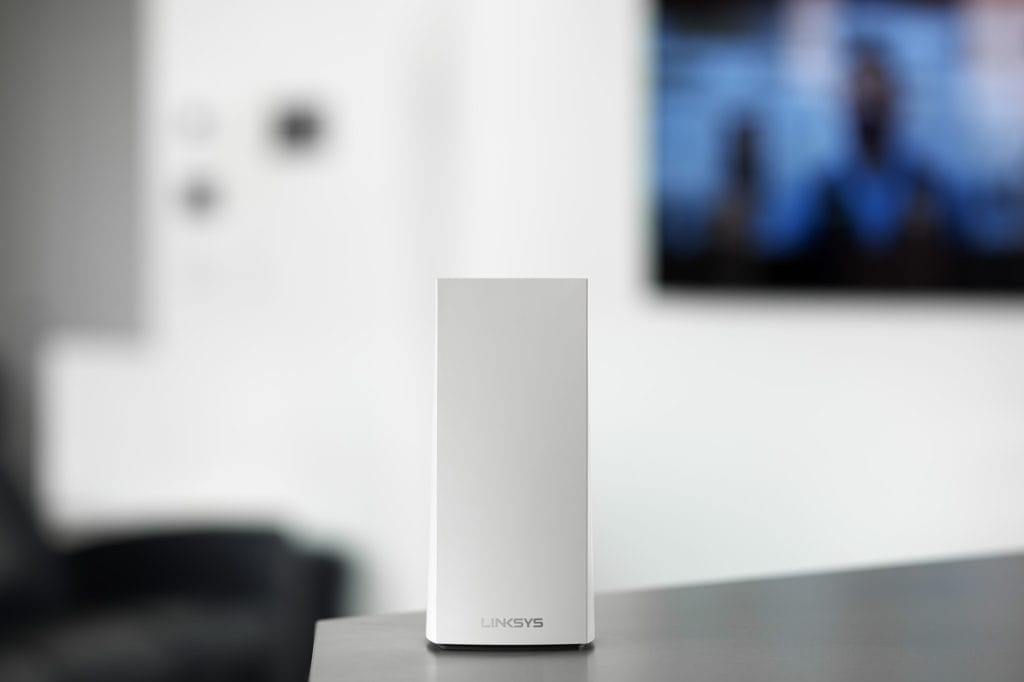When configuring smart home devices, you most likely need a 2.4GHz Wi-Fi network. While this might seem like a limitation, there are solid reasons behind this choice. In this post, we delve deeper into why smart home devices predominantly use the 2.4GHz Wi-Fi frequency band and the benefits it brings to your smart home setup.

Understanding Wi-Fi Frequency Bands
In the wireless communication space, the 2.4GHz and 5GHz bands are the most utilized frequency bands. Initially developed for wireless communication, the 2.4GHz band has been a steadfast component in this realm. Later, the 5GHz band was introduced, offering higher data transmission speeds but at a cost of reduced range and wall penetration capability.
Diving deeper, it is vital to understand that the 2.4GHz band offers 11 channels (in North America), three of which are non-overlapping, giving more room for multiple devices to operate concurrently without interfering with each other significantly.
Why 2.4GHz?
The 2.4GHz band’s prevalence in smart home device specifications is primarily due to its various advantages including:
- Range: 2.4GHz signals maintain their strength over more considerable distances, providing a stable connection even when the devices are placed far from the router.
- Penetration: The ability to penetrate through walls and other obstacles more efficiently than the 5GHz band ensures a reliable connection in various home layouts.
- Compatibility: Given its longer history of use, many smart devices, especially those that were designed a few years ago, inherently support the 2.4GHz frequency, ensuring a broader compatibility range.
- Energy Efficiency: Devices operating in the 2.4GHz band tend to consume less energy, an essential factor for battery-powered devices which are prevalent in smart home setups.
Beyond these, there is also a considerable cost advantage as 2.4GHz chipsets are generally cheaper to produce, reducing the manufacturing costs of devices operating in this frequency band.
The Trade-Off
While the 2.4GHz band is favorable for the reasons mentioned above, it’s not devoid of shortcomings. It tends to have a more crowded environment due to the vast number of devices using it, including microwaves and Bluetooth devices, which can lead to signal interference. Moreover, despite having multiple channels, the limited number of non-overlapping channels can sometimes result in congestion, hampering the overall network performance.
Conclusion
To sum up, the choice of 2.4GHz Wi-Fi for smart home devices leans heavily on its range advantages, efficient obstacle penetration, and energy-saving benefits, despite the potential for interference and slower data transfer speeds compared to the 5GHz band. Understanding the rationale behind this choice can equip users to leverage the best of what this frequency band offers, fostering a more reliable and efficient smart home ecosystem.
As you set up your smart home network, it becomes essential to acknowledge the strengths and limitations of the 2.4GHz band to ensure a seamless operation of your smart home devices, marrying historical reliability with modern innovation.